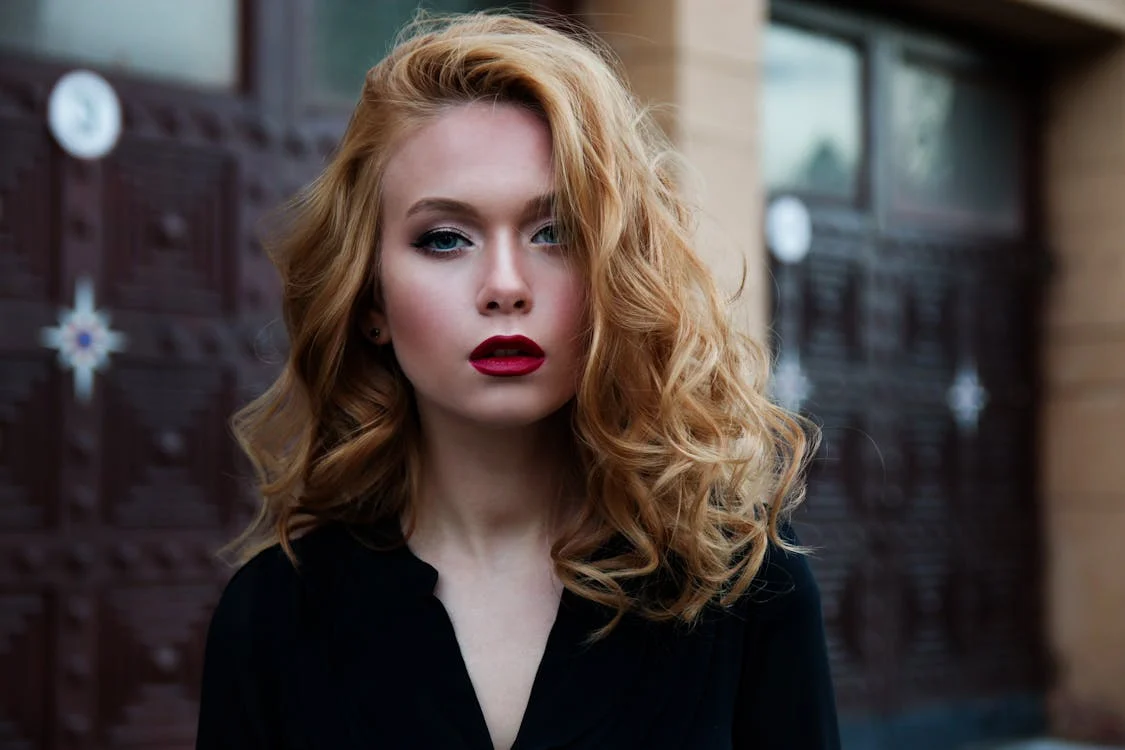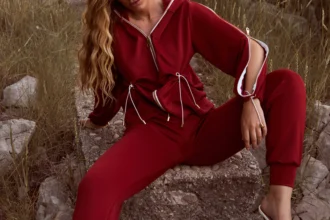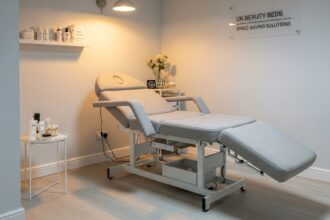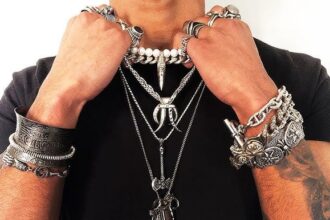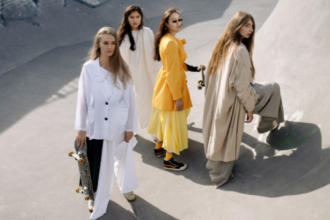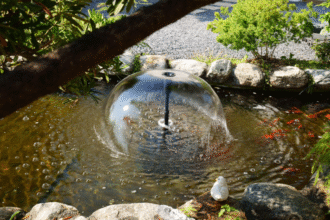Haircare products have come a long way from their humble beginnings, significantly shaping the way we approach styling and self-expression. As trends evolve, so do the formulas and technologies behind these products, leading to options designed to cater to every hair type.
Statista reports that the global hair care market is set to reach an impressive revenue of $93.74 billion in 2024. With a steady growth forecast of 2.60% annually from 2024 to 2029, there’s plenty of potential for brands to thrive. Leading the pack, the United States is expected to rake in $13.6 billion in revenue in 2024.
From the introduction of basic shampoos and conditioners to modern-day serums, oils, and styling creams, these innovations have revolutionised how we style our hair. In this article, we’ll discuss the history of haircare products, exploring their evolution and the impact they have had on hair trends and styles.
The Rise of Basic Haircare Essentials
In the early days of haircare, products were often made from natural ingredients and simple formulas. Shampoos were primarily designed to cleanse the hair, while conditioners aimed to provide moisture.
As the beauty industry evolved, so did the understanding of hair health. The introduction of synthetic ingredients in the mid-20th century allowed for more effective cleaning and conditioning.
MDPI also mentions that the beauty industry experienced a surge in the popularity of natural ingredients in the 1990s and early 2000s. This trend was driven by consumer preferences and the need for brands to differentiate themselves in a competitive landscape.
Initially, these natural components were designed to elicit beneficial biological responses, aimed at enhancing overall health and vitality. This shift led to a variety of formulations that promised to improve well-being while addressing various concerns.
This period saw the rise of mass-market products that became household staples. Brands like Pantene and L’Oréal began to dominate the market, providing affordable and accessible options for consumers. The emphasis on effective cleansing and conditioning laid the groundwork for more specialised products, making it easier for individuals to achieve desired styles.
The Advent of Styling Products
Odele Beauty highlights that the ‘80s were all about big, bold hair that made a statement, from sky-high perms to feathered mullets. You could achieve the ultimate volume with just a hairspray and a comb.
One of the standout trends of the era was the Jheri curl, a glossy look that hairdresser Jheri Redding invented in the ‘70s. Icons like Lionel Richie and Michael Jackson made it famous in the following decade.
The 1980s and 1990s also marked a turning point in haircare with the emergence of styling products that transformed how people approached their hair. Hairsprays, mousses, gels, and styling creams became essential tools for achieving various looks, from sleek and polished to voluminous and tousled.
Among these innovations, chemical hair straighteners gained immense popularity, allowing individuals to achieve smooth, straight hair with lasting results.
Brands introduced formulations that catered specifically to the needs of those with curly or frizzy hair, promoting these products as solutions for effortless styling. This trend was further fuelled by celebrity hairstyles and media representations, leading to an increasing demand for straightened locks as a beauty ideal.
However, while chemical hair straighteners offered convenience and instant results, they also came with significant risks. Many of these products contain harsh chemicals, such as formaldehyde or sodium hydroxide, which can cause damage to the hair and scalp. Users may experience issues like dryness, breakage, and irritation, leading to long-term hair health concerns.
More alarmingly, research has linked the use of certain chemical hair straighteners to serious health risks. This includes an increased likelihood of developing cancers such as breast and uterine cancer. It has raised significant concerns among consumers, prompting many to question the safety of such products. As awareness of these risks has grown, consumers have begun shifting toward healthier alternatives in hair care.
According to TorHoerman Law, the rising concerns about the safety of hair straighteners have also led to a notable increase in lawsuits against manufacturers. Those who’ve suffered from severe hair damage or serious health issues, such as skin irritation, respiratory problems, and even cancer, are seeking legal recourse.
In some cases, plaintiffs have alleged that companies failed to adequately warn consumers about the potential risks associated with their products. As per the Lawsuit Information Center, the hair relaxer class action lawsuit saw the addition of 200 new cases in September 2024.
However, the multidistrict litigation (MDL) shrank that month, losing 98 cases and bringing the total number of pending cases down to 8,393. This fluctuation highlights the ongoing developments and complexities surrounding the chemical hair straightener lawsuit.
The Shift Towards Health-Conscious Formulations
Health-conscious haircare products have been increasingly popular in recent years, mirroring wider cultural trends toward sustainability and well-being. Consumers are increasingly seeking products free from harmful chemicals, such as sulphates and parabens. This demand has prompted brands to develop cleaner, more environmentally friendly formulations that prioritise both hair health and the planet.
Additionally, the rise of social media influencers has contributed significantly to the demand for personalised haircare solutions tailored to individual needs. As a result, niche brands have emerged, offering specialised products that cater to various hair types and concerns.
This evolution in haircare empowers individuals to select products that align with their values and preferences, transforming their approach to styling.
FAQs
What role do influencers play in haircare trends?
Social media influencers have significantly shaped haircare trends by promoting unique products and techniques that resonate with their followers. Their ability to reach diverse audiences encourages brands to innovate and tailor offerings to meet specific needs. This influence has driven consumers to seek personalised solutions for their hair care.
How have consumer preferences evolved in haircare?
Consumer preferences have shifted towards products that emphasise natural and organic ingredients, prioritising health and safety. This change reflects a broader societal move towards wellness and sustainability, impacting how brands formulate their products. As a result, many consumers are now more discerning about what they apply to their hair.
What are the current popular ingredients in hair care?
Recent trends in haircare ingredients include natural oils, plant extracts, and proteins that nourish and strengthen hair. These ingredients are often celebrated for their restorative properties and effectiveness without harsh chemicals. As consumers seek cleaner formulations, brands are increasingly incorporating these beneficial components into their products.
The evolution of haircare products showcases a remarkable journey from basic cleansing agents to advanced formulations that meet diverse styles and preferences. The industry has evolved from synthetic ingredients in the mid-20th century to adopting natural and organic alternatives to meet consumer demands.
Technological advancements have spurred innovation, but concerns about the safety of chemicals in hair straightening treatments have pushed brands to prioritise health-conscious options. As consumers grow more discerning, the future of haircare will likely focus on personalised solutions, natural ingredients, and a commitment to ethical practices.


